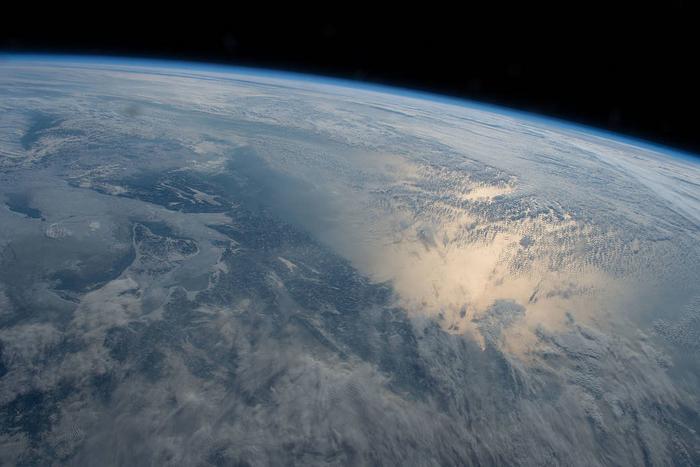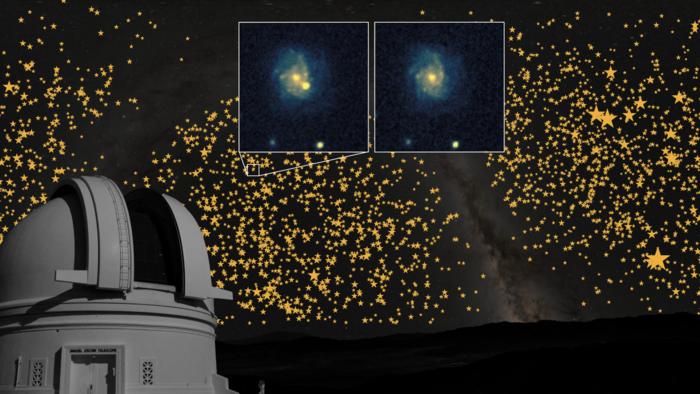
ChatGPT can now write erotica as OpenAI eases up on AI paternalism
arstechnica.com
Drop the leash ChatGPT can now write erotica as OpenAI eases up on AI paternalism ChatGPT relaxes rules on sex and "gore" generations while prohibiting illegal content. Benj Edwards Feb 14, 2025 4:44 pm | 27 Credit: filo via Getty Images Credit: filo via Getty Images Story textSizeSmallStandardLargeWidth *StandardWideLinksStandardOrange* Subscribers only Learn moreOn Wednesday, OpenAI published the latest version of its "Model Spec," a set of guidelines detailing how ChatGPT should behave and respond to user requests. The document reveals a notable shift in OpenAI's content policies, particularly around "sensitive" content like erotica and goreallowing this type of content to be generated without warnings in "appropriate contexts."The change in policy has been in the works since May 2024, when the original Model Spec document first mentioned that OpenAI was exploring "whether we can responsibly provide the ability to generate NSFW content in age-appropriate contexts through the API and ChatGPT."ChatGPT's guidelines now state that that "erotica or gore" may now be generated, but only under specific circumstances. "The assistant should not generate erotica, depictions of illegal or non-consensual sexual activities, or extreme gore, except in scientific, historical, news, creative or other contexts where sensitive content is appropriate," OpenAI writes. "This includes depictions in text, audio (e.g., erotic or violent visceral noises), or visual content."So far, experimentation from Reddit users has shown that ChatGPT's content filters have indeed been relaxed, with some managing to generate explicit sexual or violent scenarios without accompanying content warnings. OpenAI notes that its Usage Policies still apply, which prohibit building AI tools for minors that include sexual content.The need for grown-up modePreviously, ChatGPT has been known to restrict its output under a sense of what you might call "knowing what's best for the user," which has typically been called paternalism in the AI field.Aside from restricting the creation of pornography, paternalism in AI can get in the way of professionals using ChatGPT for analysis of crime scene descriptions by law enforcement, certain types of news stories, legal documents that may include violence or sexual content, and sometimes medical texts. That kind of interference from AI assistants has led to calls for an uncensored (or even a less-censored) version of ChatGPT over time. As OpenAI itself explains in the document:"Following the initial release of the Model Spec (May 2024), many users and developers expressed support for enabling a grown-up mode. We're exploring how to let developers and users generate erotica and gore in age-appropriate contexts through the API and ChatGPT so long as our usage policies are metwhile drawing a hard line against potentially harmful uses like sexual deepfakes and revenge porn."OpenAI CEO Sam Altman has mentioned the need for a "grown-up mode" publicly in the past as well. While it seems like "grown-up mode" is finally here, it's not technically a "mode," but a new universal policy that potentially gives ChatGPT users more flexibility in interacting with the AI assistant.Of course, uncensored large language models (LLMs) have been around for years at this point, with hobbyist communities online developing them for reasons that range from wanting bespoke written pornography to not wanting any kind of paternalistic censorship.In July 2023, we reported that the ChatGPT user base started declining for the first time after OpenAI started more heavily censoring outputs due to public and lawmaker backlash. At that time, some users began to use uncensored chatbots that could run on local hardware and were often available for free as "open weights" models.Three types of iffy contentThe Model Spec outlines formalized rules for restricting or generating potentially harmful content while staying within guidelines. OpenAI has divided this kind of restricted or iffy content into three categories of declining severity: prohibited content ("only applies to sexual content involving minors"), restricted content ("includes informational hazards and sensitive personal data"), and sensitive content in appropriate contexts ("includes erotica and gore").Under the category of prohibited content, OpenAI says that generating sexual content involving minors is always prohibited, although the assistant may "discuss sexual content involving minors in non-graphic educational or sex-ed contexts, including non-graphic depictions within personal harm anecdotes."Under restricted content, OpenAI's document outlines how ChatGPT should never generate information hazards (like how to build a bomb, make illegal drugs, or manipulate political views) or provide sensitive personal data (like searching for someone's address).Under sensitive content, ChatGPT's guidelines mirror what we stated above: Erotica or gore may only be generated under specific circumstances that include educational, medical, and historical contexts or when transforming user-provided content.Benj EdwardsSenior AI ReporterBenj EdwardsSenior AI Reporter Benj Edwards is Ars Technica's Senior AI Reporter and founder of the site's dedicated AI beat in 2022. He's also a tech historian with almost two decades of experience. In his free time, he writes and records music, collects vintage computers, and enjoys nature. He lives in Raleigh, NC. 27 Comments
0 Comments
·0 Shares
·72 Views









